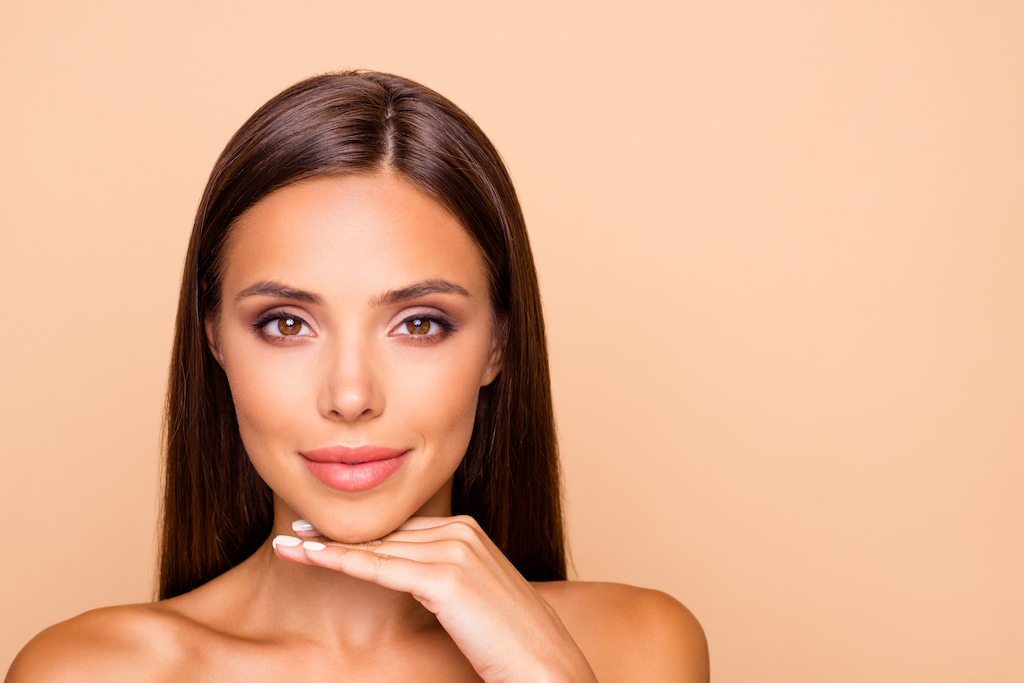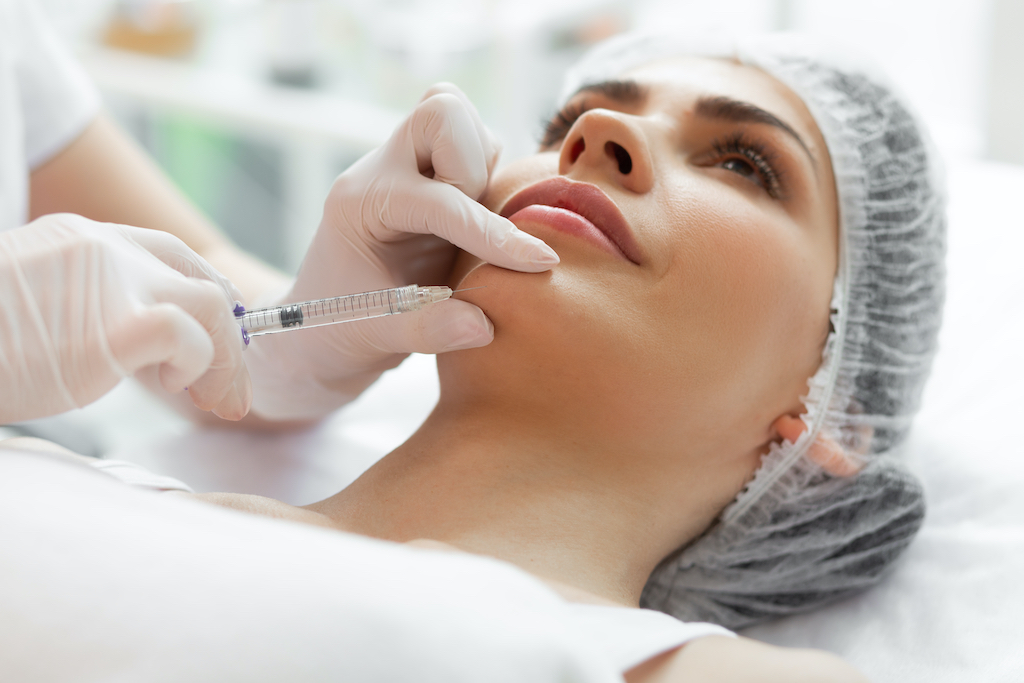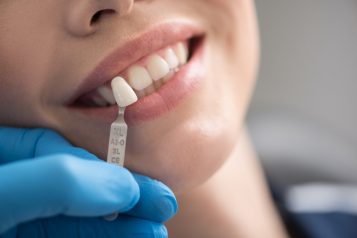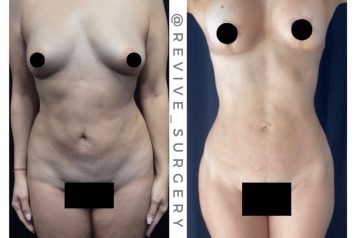Dr. Sachin M. Shridharani is a Harvard-educated, Johns Hopkins, trained, renowned, board-certified plastic surgeon based on Manhattan’s famed Fifth Avenue and the founder of LUXURGERY – The confluence of luxury and aesthetic surgery. His firm commitment to excellence has earned him several global accolades. Dr. S has authored over 200 publications and abstracts and is recognized as an international authority on aesthetic plastic surgery treatments and techniques. Dr. Shridharani serves as an international Global Thought Leader/Key Opinion Leader and has lectured to colleagues on nearly every continent. He serves as a Principal Investigator for clinical trials. Dr. Shridharani is frequently featured in national media outlets including The New York Times, New York Post, Cosmopolitan Magazine, Harper’s Bazaar, NBC, FOX, and ABC. Dr. Shridharani serves as the cosmetic surgery expert and is a recurrent contributor on the topic of plastic surgery and beauty for Haute Beauty. Haute Beauty chats with Dr. Shridharani to learn more about minimally invasive chin and jawline contouring, and who could benefit from these procedures.
 Photo Credit: ShutterstockHB: What is jawline/chin contouring?
Photo Credit: ShutterstockHB: What is jawline/chin contouring?
Jawline contouring is a non-surgical cosmetic procedure that aims to improve the structure and definition of the jawline using injectable techniques. There are three key injectables that are commonly used for jawline contouring: dermal fillers, neuromodulators, and deoxycholic acid (Kybella).
Typically, hyaluronic acid-based fillers such as Juvéderm or Restylane are used for jawline contouring; however, calcium and PLLA-based dermal fillers can also be used (Radiesse and Sculptra, respectively). Depending on a patient’s aesthetic concerns, dermal filler may be injected along the jawline, at the mandibular angle, or at the chin to add definition, improve symmetry, alter proportions, and refine the shape of the lower face.
Neuromodulators such as Botox, Dysport, Jeuveau, and/or Xeomin are often used in conjunction with dermal fillers to further enhance the jawline and refine the shape of the face. Neuromodulators can be injected into the masseter muscles (the muscles activated during chewing) to reduce the size and appearance of enlarged jaw muscles and to slim the lower face.
Additionally, injectable deoxycholic acid (Kybella) can be used to permanently reduce excess submental fat, or “double chin” and jowl fat. By eliminating fat cells in the submental region, Kybella injections can make the transition from the jawline to the neck appear sharper and more defined, thereby enhancing the overall contour of the lower face.
HB: What is the procedure like?
During the initial consultation, a medical professional should begin by assessing the anatomy of a patient’s face and jawline, identify the goals of treatment, and formulate an individualized treatment plan. The overall procedural experience will vary from patient to patient and depends on the patient’s unique anatomical features, aesthetic concerns, and personal preferences. Generally, jawline contouring involves minimally-invasive injectable techniques. That said, patients can expect treatment to begin with the application of topical numbing cream followed by a series of injections along the jawline. Patients may feel brief pressure or slight discomfort with each injection.
HB: Discuss how fillers are used to achieve this.
When performed by a skilled injector, dermal fillers can be used to sculpt the jawline and refine the overall shape of the face. By strategically adding volume and structure to the jawline and chin, fillers can be used to subtly alter facial proportions and balance facial features. Enhancing jawline definition with dermal fillers can establish a visual separation between the jawline and neck, creating the illusion of a slimmer and more contoured lower face. Common fillers used for jawline contouring include Juvéderm® Voluma XC and Restylane® Lyft.
HB: Discuss how fat reduction is used to achieve this.
Injectable deoxycholic acid (Kybella) is an FDA-approved formulation used for the reduction of excess submental fat. When injected into the submental fat, Kybella acts to permanently destroy fat cells on contact due to the cytolytic nature of its active ingredient, deoxycholic acid. By reducing fat deposits in the region below the chin and surrounding the jawline, Kybella can be used to contour the neck, define the border of the mandible, and sharpen the appearance of the jawline. Dr. Shridharani is a pioneer and global expert in this treatment.
 Photo Credit: ShutterstockHB: Discuss how skin tightening is used to achieve this.
Photo Credit: ShutterstockHB: Discuss how skin tightening is used to achieve this.
For patients with concerns about skin laxity and jowling, injecting dermal filler along the jawline and chin can effectively “tighten” the skin in these areas by replacing lost volume and imparting additional structure below the soft tissue.
Alternatively, Renuvion (J-Plasma) can be used to tighten the skin around the jawline, chin, and neck. Renuvion is a minimally-invasive procedure that uses a probe-like device to deliver helium-based plasma energy to the subdermal tissue. By heating the tissue below the surface of the skin, the Renuvion device induces soft tissue contraction (skin tightening), stimulates collagen production, and generates a shrink-wrap effect on the skin. Dr. Shridharani references Renuvion as “the closest thing to the holy grail of skin tightening and skin quality improvement.”
HB: Who could benefit from jawline/chin contouring?
Patients with a poorly-defined jawline, weak chin, sagging jowls, or excess fat of the lower face and neck would benefit from jawline contouring. Depending on the treatment goals and aesthetic preferences of the patient, nonsurgical jawline contouring can be used to improve the balance between other facial features and refine the overall shape of the face. Patients can also undergo jawline contouring procedures to achieve a more masculine-appearing face with a square jawline, or a more feminine-appearing face with a soft, tapered jawline. Most healthy adults with realistic goals and expectations qualify as potential candidates.
HB: Are the results permanent?
The results of non-surgical jawline contouring with dermal filler are temporary and typically last between 6 to 18 months. The duration of effect largely depends on an individual’s metabolism and the type of filler used for the procedure. Jawline contouring results achieved with neuromodulators, such as Botox to the masseter muscles, generally last between 3 to 4 months; repeat treatments are required to maintain the results. The results of injectable deoxycholic acid (Kybella) are permanent, however, multiple treatment sessions may be required to achieve the desired outcome.
HB: What is recovery like?
The recovery period following nonsurgical jawline contouring will depend on the type of procedure performed (i.e. dermal fillers, neuromodulator, deoxycholic acid injections). As with any injectable treatment, common side effects include temporary redness, swelling, tenderness, and bruising at the injection site, all of which typically resolve within 2 weeks. There is typically no downtime following nonsurgical jawline contouring and patients can resume their daily activities immediately after treatment. Patients are advised to avoid strenuous activities, such as exercise, for 24 hours after treatment. Additionally, patients should not expose the injected area to intense heat (e.g. sunbathing, sauna, tanning salon) or extreme cold for the first 2 weeks after treatment.
For more information, visit Dr. Brian A. Levine's social media:

























